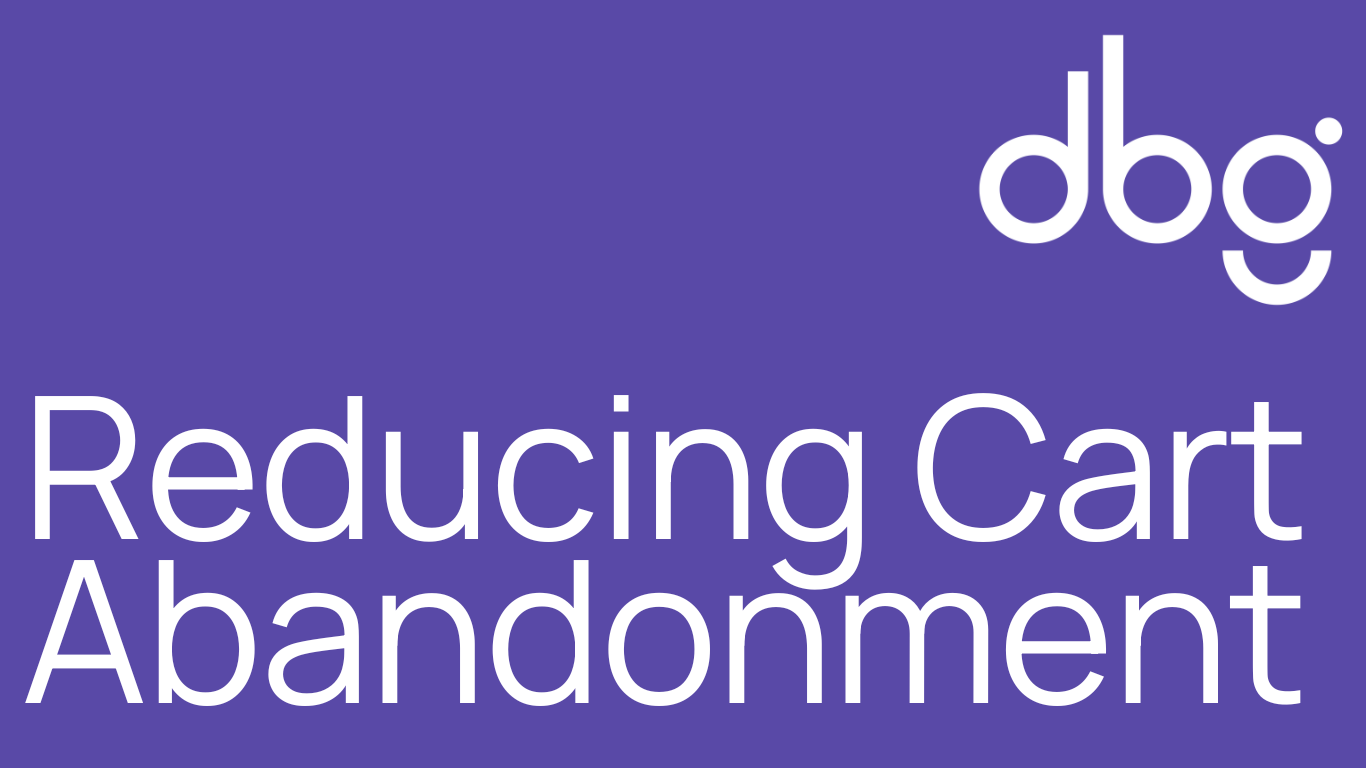 With recent reports showing global shopping cart abandonment rates hovering around 70% and another revealing that an alarming 88% of Australians abandon their carts before completing their purchases.
With recent reports showing global shopping cart abandonment rates hovering around 70% and another revealing that an alarming 88% of Australians abandon their carts before completing their purchases.
This staggering statistic represents a $18 billion loss in sales revenue for eCommerce stores across the country, and it is something all eCommerce businesses need to understand, and take action.
Cart abandonment happens when a customer adds items to their shopping cart but does not complete the purchase. This can happen for a variety of reasons such as complex cart processes, not having the right payment methods available, shipping being too expensive, missing or faulty product information, or simple reconsideration.
Research by Barilliance shows the average cart abandonment differs by device, with rates at 80% for tablets, 85% mobile and 73% desktop.
Recognising the factors that contribute to cart abandonment can help in tailoring your strategies to address the specific issues your customers face. We suggest implementing the following strategies to reduce cart abandonment, and improve sales;
Streamlined Checkout Process
A lengthy or complicated checkout process is a common pain point that often results in abandoned shopping carts. Streamlining the checkout process by minimising the number of steps, offering guest checkouts, using One Page Checkout and providing multiple payment options can significantly reduce friction. Additionally, incorporating progress indicators and clear calls-to-action can guide customers through the process, ensuring a smooth and hassle-free transaction. A long and complicated checkout process is the reason behind 18% of shopping cart abandonments.
Cost Transparency
Unexpected costs, especially shipping fees, are one of the top reasons for cart abandonment. Ensure that your shipping costs, taxes, and any additional fees are visible early in the checkout process. Consider offering free shipping or flat-rate shipping to minimise surprises. Those fees added on top of each product price are the reason 47% of shoppers abandon their cart and exit a site.
Enhance Trust and Security
Customers need to feel confident about the security of their transactions, and the fear of data breaches and identity theft can be a significant barrier to completing their orders. Reassure your customers by prominently displaying trust badges, using secure payment gateways, and implementing robust security measures. Clearly communicate your commitment to protecting customer information, fostering trust and loyalty and provide clear links to your privacy policy and return policy to reassure customers about the safety of their personal and payment information. 19% of people abandon their online shopping carts because they didn’t trust the site with their credit card information.
Delivery Delays
Delivery is a pain point for modern customers. Some 45% of shoppers head online because they get free delivery, but if there’s a long delay between placing an order and getting the product, almost a quarter will abandon their cart.
Optimise for Mobile
With an increasing number of consumers shopping on mobile devices, issues with mobile responsiveness often lead to a significant drop in conversion rates. Optimising sites for mobile devices, using responsive design, and streamlining the checkout process for smaller screens can make a substantial difference in customer satisfaction and retention.
Retarget Abandoned Carts
Implement retargeting strategies through email reminders or targeted ads. A gentle nudge reminding customers of what they’ve left behind can encourage them to return and complete their purchase. Personalise these communications for a more effective approach, and while you’re there, use that information for a Customer Journey Map.
Offer Multiple Payment Options
Limiting payment options can turn away customers who prefer a specific payment method. Including a variety of payment methods, from credit cards to digital wallets and even Buy Now, Pay Later services, can cater to a broader audience. This article on Payment Acceptance Strategies may also help.
Social Proof
Customers often seek validation before making a purchase. Incorporate social proof elements, such as customer reviews, testimonials, and ratings, to build trust and credibility. Highlight success stories and showcase user-generated content to demonstrate the value of your products or services. Social proof creates a positive perception and encourages conversions.
Use Exit Popups
Implementing exit-intent popups that trigger when a user is about to leave your site can be a last-minute catch to convert hesitations into sales. Offering a small discount or free shipping can sometimes be the push needed to finalise a purchase.
Shopping cart abandonment is an inevitable part of eCommerce, but it’s possible to increase sales by understanding why customers abandon their carts and by implementing focused strategies to address these issues, you can significantly improve your checkout process, enhance customer satisfaction, and increase sales.
